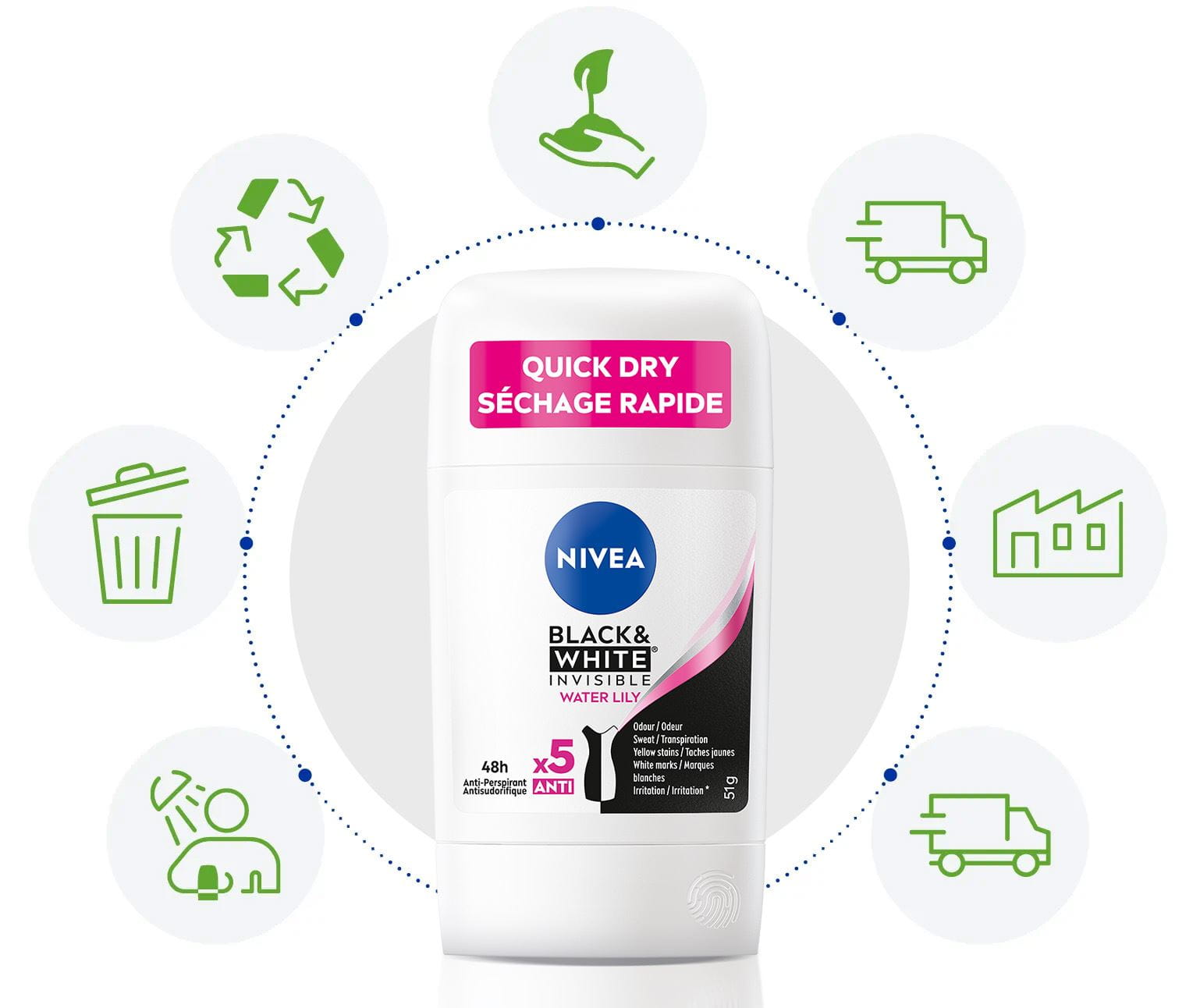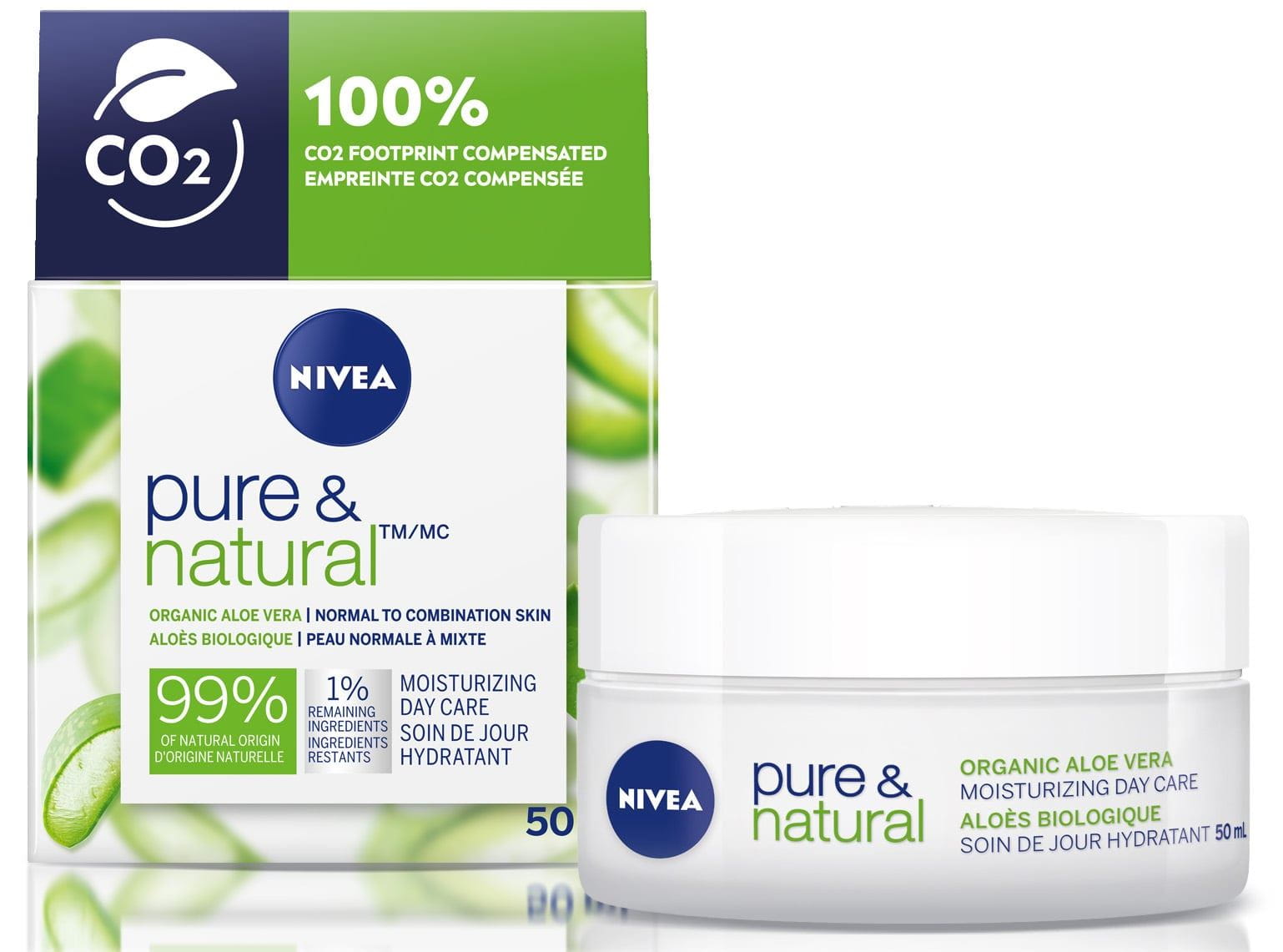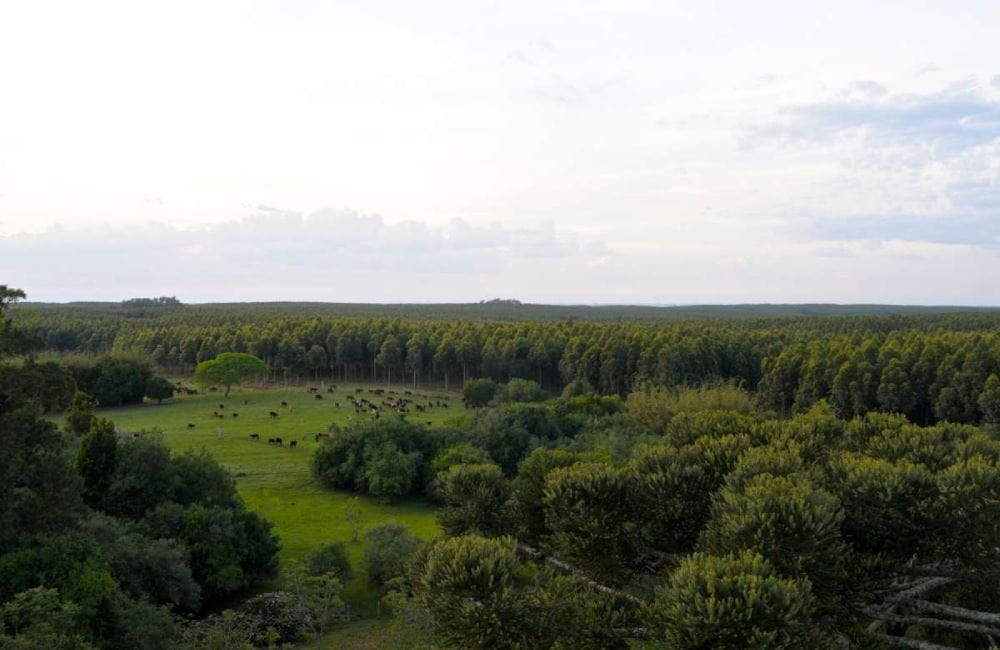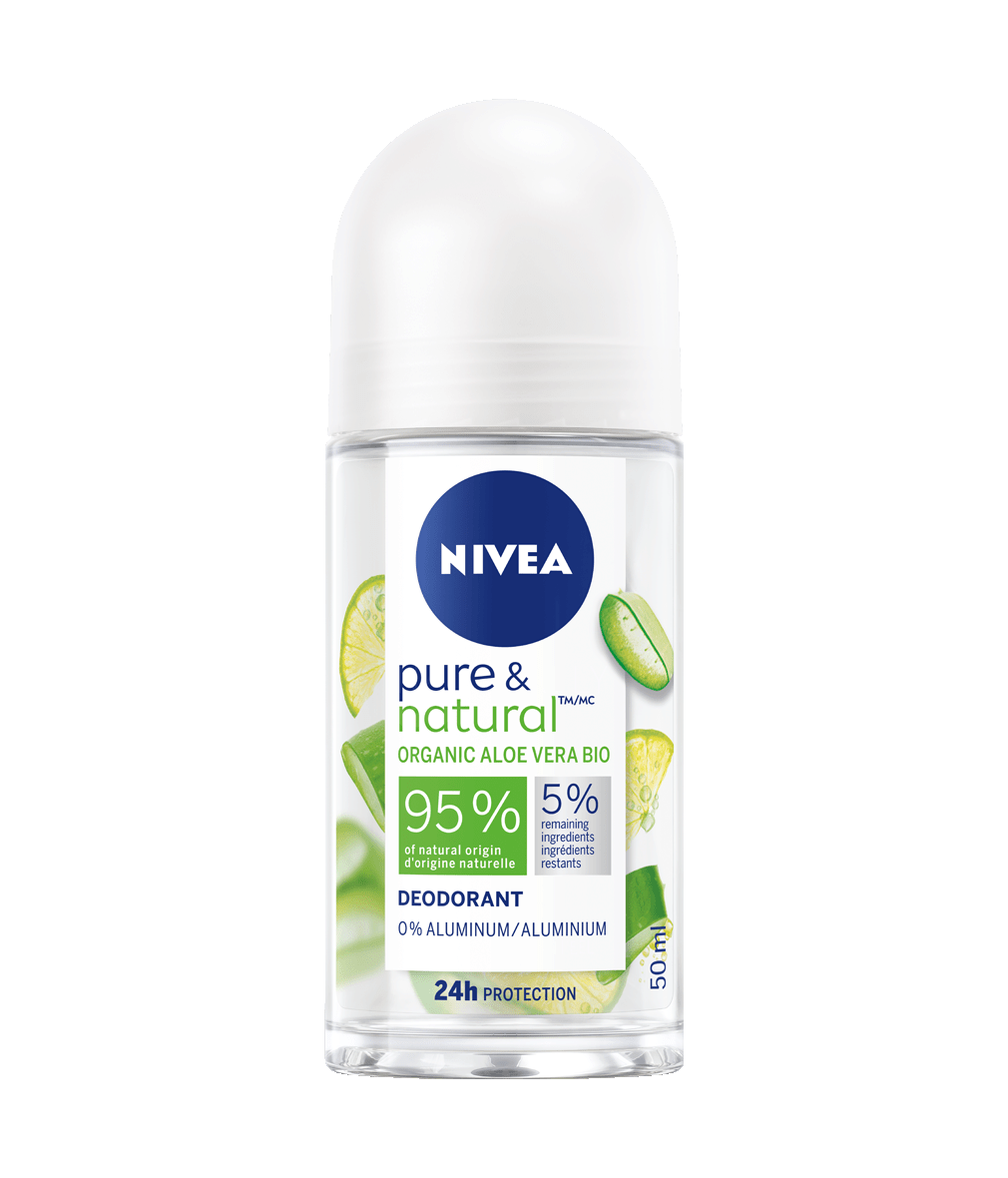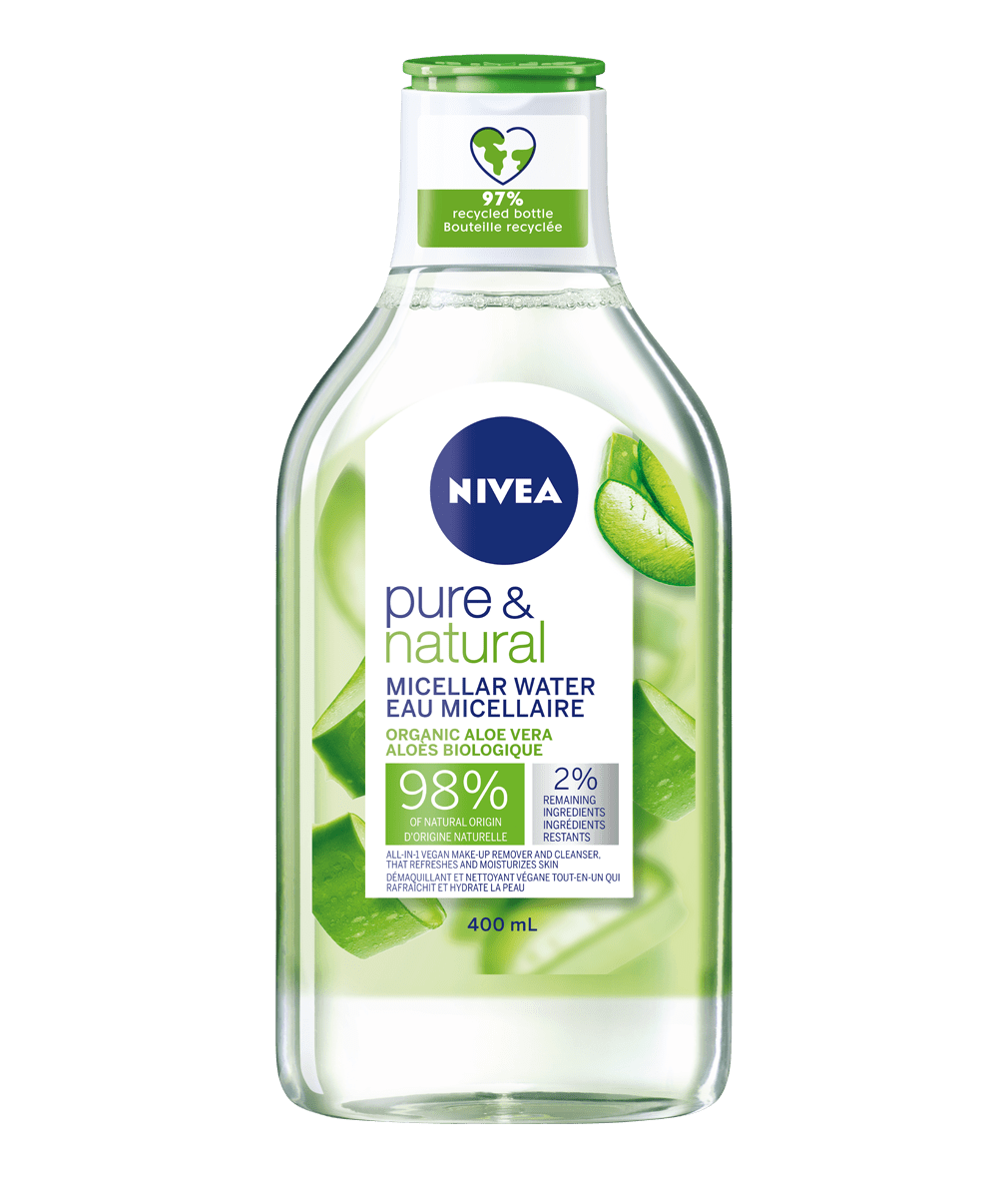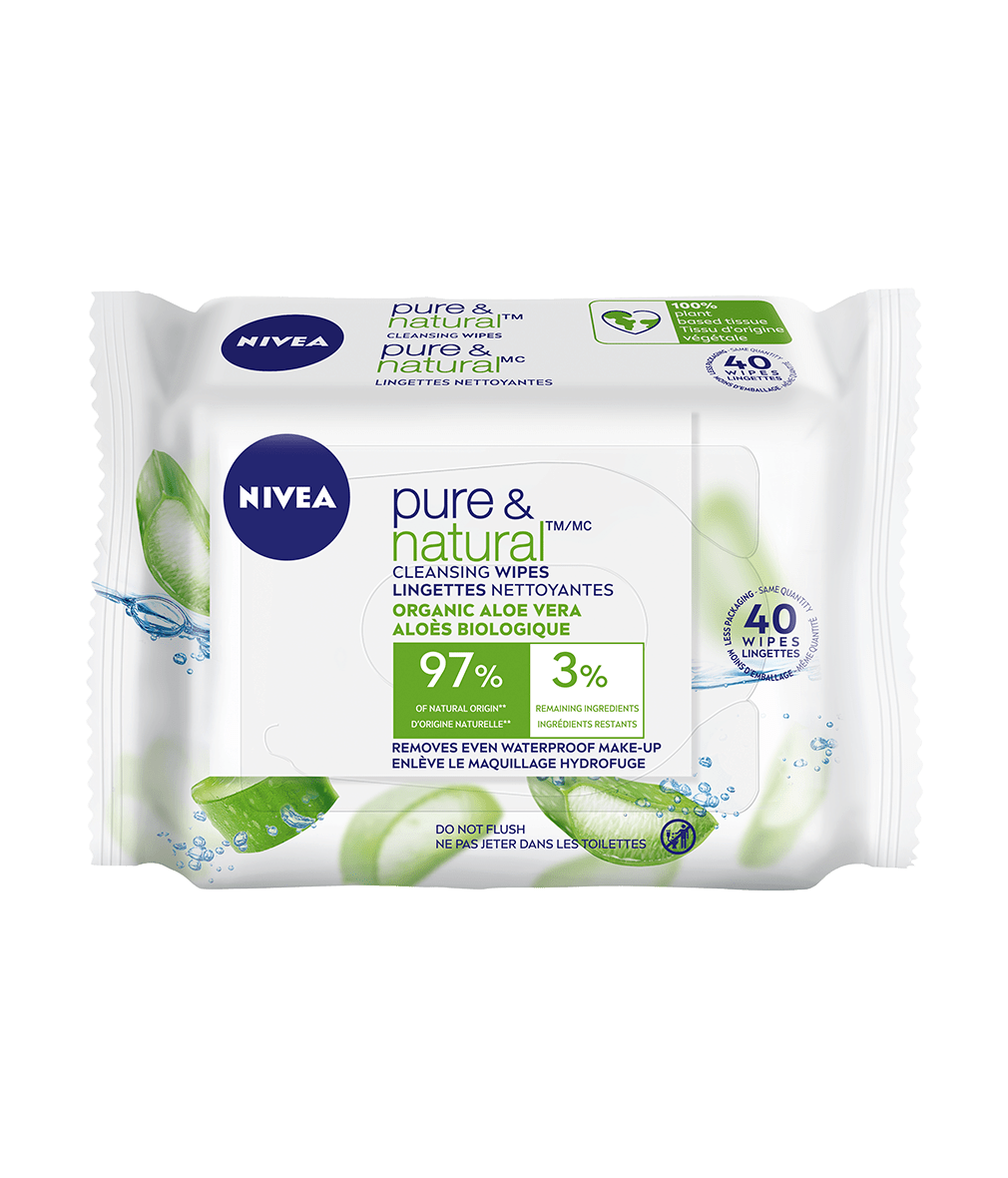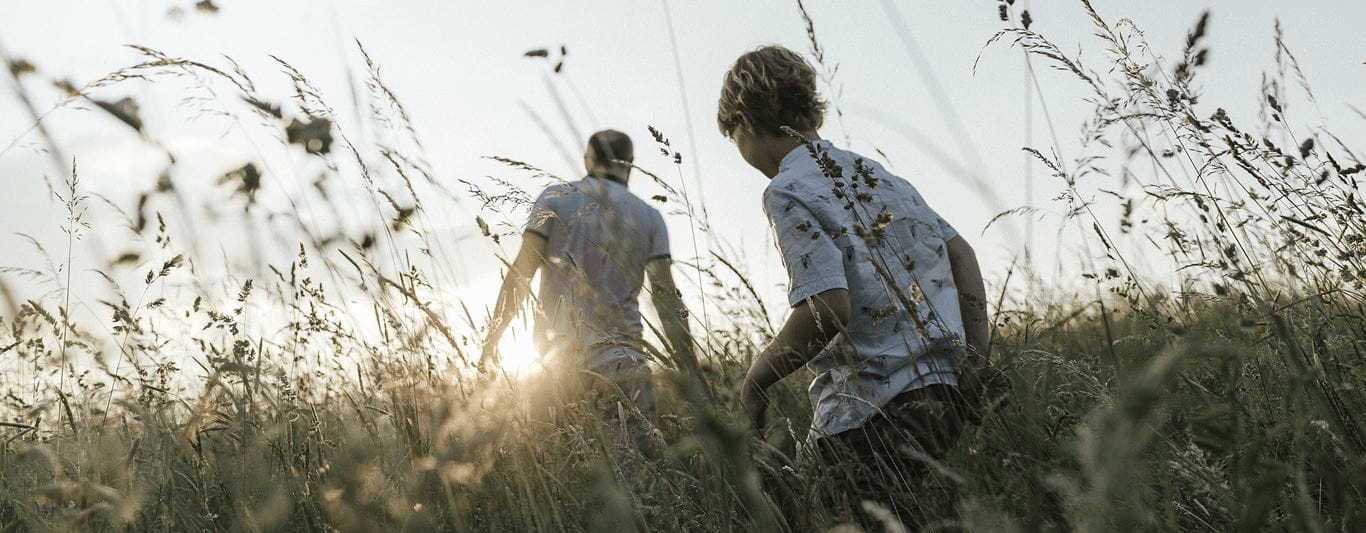
Our vision: CLIMATE NEUTRALIZED

RAW MATERIAL PRODUCTION
The life cycle starts when resources are extracted from the environment and further processed. This stage ends when product components enter our NIVEA production sites.

MANUFACTURING
The production stage begins when the product components enter our production sites and ends when the finished product leaves our production facility.

DISTRIBUTION
Products are distributed to users and may be stored at various points along the supply chain. The distribution stage includes the transport from factory gate to warehouses or to stores as well as the transport to the consumer’s home.

CONSUMER USE
The consumer use stage describes how the product is expected to be used by the consumer. Applying our skincare products does not cause any CO2 emissions, however emissions occur while our products are used (for example, energy generated to heat the water used to rinse off our products). Emissions generated during this phase are outside of our control and therefore cannot be considered when neutralizing the emissions of our products.

END OF LIFE
The end-of-life stage begins when the product and its packaging is discarded by the consumer and ends when the product is returned to the environment as waste or enters another product’s life cycle (i.e. as a recycled input).

